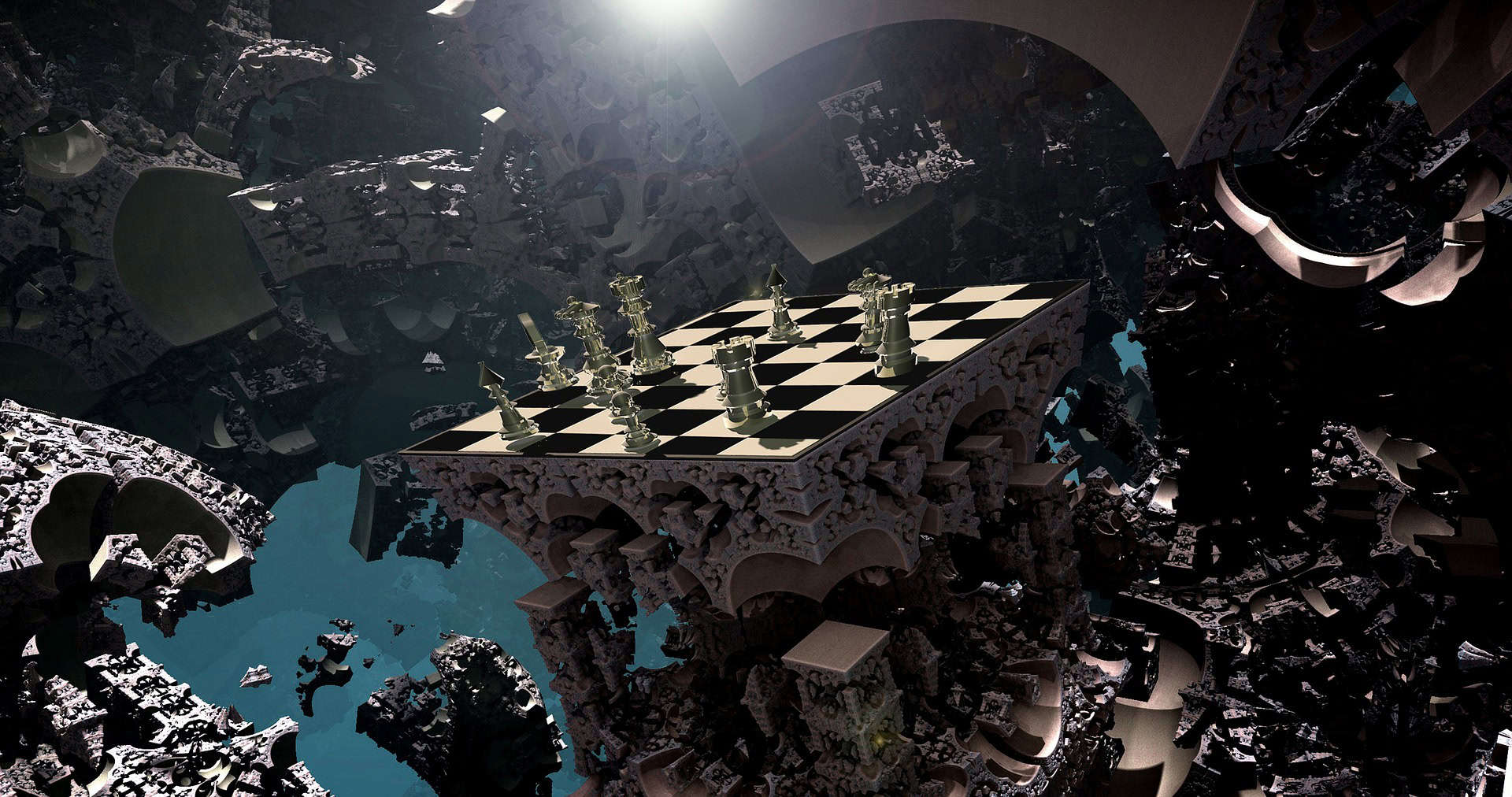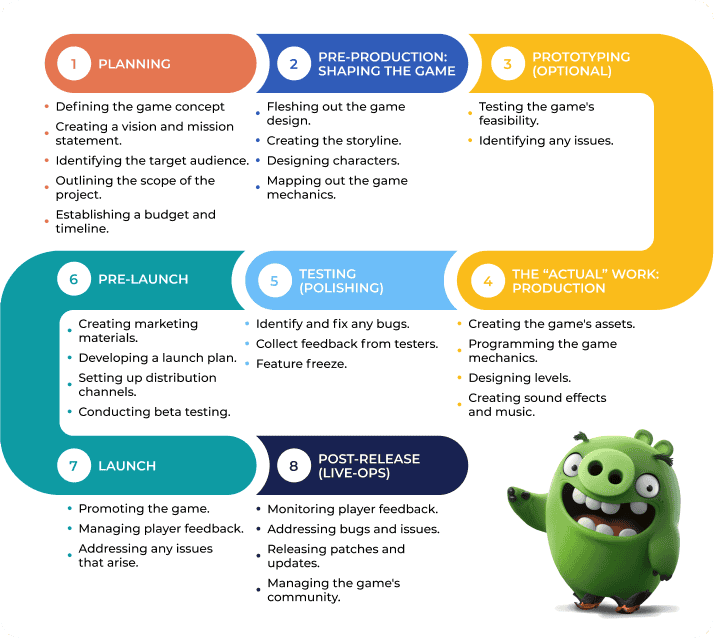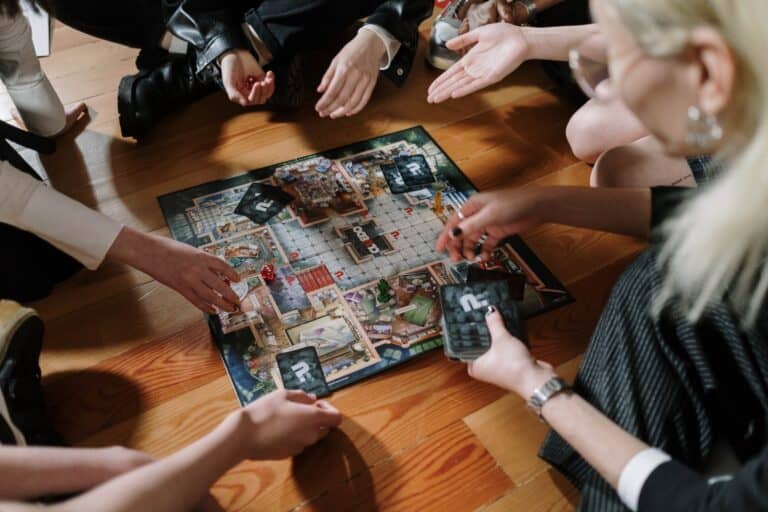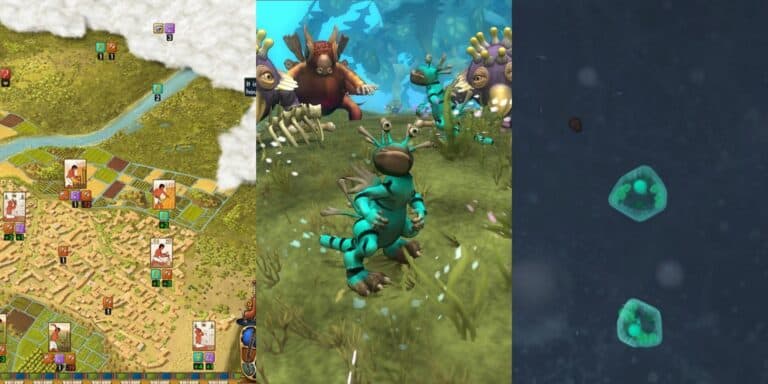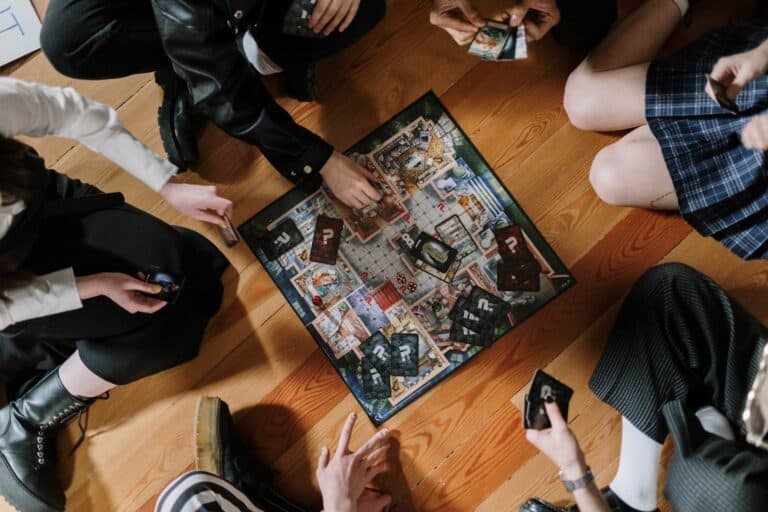The Art of Board Game Design: Craft Captivating, Immersive Worlds
The Power of Visual Storytelling
In the realm of board games, artwork isn’t merely an aesthetic choice—it’s an essential part of the storytelling experience. Visuals evoke emotions, establish atmosphere, and bring the game’s narrative to life. An intricately illustrated game board can pull players in, making them feel like part of an alternate universe, while well-designed game pieces can add depth to the gameplay, enhancing immersion and player engagement.
“Design is not just what it looks like and feels like. Design is how it works.” – Steve Jobs
Board games, like books or movies, transport players into different worlds. As a game designer, your goal should be to create a cohesive visual narrative that complements the game’s mechanics and theme. Achieving this requires an understanding of both art and design principles, and a clear vision of what you want to convey through your game.
The Role of Art in Board Games
Art serves multiple functions in a board game. It sets the mood, defines the game’s theme, and provides visual cues that help players understand the game mechanics. More than that, art can be a significant factor in a game’s commercial success. A game with visually stunning artwork can stand out on a store shelf or in an online marketplace, attracting more potential buyers.
“Art speaks where words are unable to explain.” – Mathiole
Think about some of the most popular board games today. Their artwork is often intricately tied to their identity. They have unique art styles that match their themes, creating a harmonious and immersive gaming experience.
Tips for Creating Visually Engaging Board Games
Now that we understand the importance of art in board games, let’s explore some tips for creating visually captivating and immersive game worlds.
1. Understand Your Game’s Theme and Mechanics: Your game’s artwork should reflect its theme and mechanics. If your game is about exploring space, use art that conveys the vastness and mystery of the cosmos. If it’s a fast-paced game, consider dynamic and vibrant art that conveys a sense of energy and movement.
2. Work with a Professional Artist: Unless you’re a skilled artist yourself, consider hiring a professional. A seasoned artist will be able to translate your vision into a cohesive visual style, taking into account color theory, composition, and visual hierarchy.
3. Pay Attention to the Game Components: Don’t just focus on the game board. Game components like tokens, cards, and player pieces should also be aesthetically pleasing and functional. Their design should be intuitive and help players understand their purpose in the game.
“The details are not the details. They make the design.” – Charles Eames
4. Test and Get Feedback: Before finalizing your game’s artwork, test it with a group of players. Ask for their feedback regarding the artwork’s aesthetics and functionality. Do they find the visuals appealing? Does the art make the game easier to understand and play?
Conclusion: Crafting a Visually Compelling Game World
Creating visually stunning and immersive board games is an art in itself. It requires a blend of artistic vision, design knowledge, and understanding of the game’s mechanics and theme. As a game designer, your goal should be to craft a game that not only plays well but also provides a visually captivating experience that immerses players in the game world. Remember, your game’s visuals are the first thing players will notice, so make them count!
“Art, freedom and creativity will change society faster than politics.” – Victor Pinchuk
As board game enthusiasts often say, “We play with our eyes first.” A visually appealing game can entice players, sparking curiosity and excitement even before the first turn is taken.
So go forth and craft your game. Remember, the world you create is not just about winning or losing; it’s about the journey players embark on when they open the box. Make it an adventure they’ll want to experience again and again!
FAQs
How important is art in board games?
Answer: Art is incredibly important in board games. It sets the mood, defines the game’s theme, and provides visual cues that help players understand the game mechanics. Additionally, a visually stunning game can stand out in the marketplace, attracting more potential buyers.
What is the role of a game designer in creating the artwork?
Answer: Game designers typically don’t create the artwork themselves, but they play a crucial role in guiding the art direction. They collaborate closely with artists to ensure the artwork aligns with the game’s theme and mechanics.
Can good artwork save a poorly designed game?
Answer: While stunning artwork can enhance a game’s appeal, it cannot compensate for poor game design. The mechanics, gameplay, and player experience are fundamental. Good artwork complements a well-designed game but cannot salvage a game that isn’t enjoyable to play.
What if I can’t afford a professional artist for my board game?
Answer: If hiring a professional artist is outside your budget, consider options like collaborating with art students or emerging artists who might be more affordable. You could also explore royalty-free art resources, though this may limit your game’s visual uniqueness.
How can I test if my game’s artwork works well?
Answer: Playtesting is a great way to assess your game’s artwork. Gather a group of players and observe their reactions to the artwork. Ask for their feedback regarding both the aesthetics and functionality of the visuals.
Keywords: Board game design, visual storytelling, art in board games, game mechanics, game theme, professional artist, game components, playtesting, feedback, immersive game experiences.
As a kid, I was always fascinated by the vibrant colors and intricate details on the game board of Candy Land. I would get lost in the different locations, imagining the taste of the Peppermint Forest or the sticky situation in the Molasses Swamp. Little did I know, this early fascination would spark my interest in board game design and the art of creating immersive game worlds. The joy I felt navigating that delicious landscape is what I strive to replicate in every game I create.

